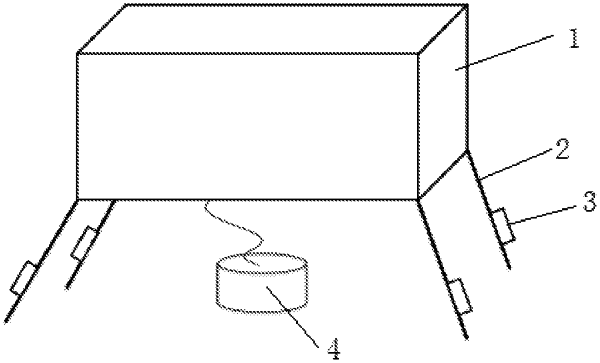| CPC G01V 1/307 (2013.01) [G01V 13/00 (2013.01)] | 5 Claims |

|
1. A method for automatically identifying an active source azimuth of a planet seismometer comprising:
receiving, by the planet seismometer, vibration signals of N support legs of a lander, wherein the vibration signal of each support leg comprises an active source first arrival signal; and intercepting a three-channel original time sequence in a duration δt before and a duration δt after the active source first arrival signal of every one from the first support leg in the N support legs to the N-th support leg in the N support legs received by the planet seismometer in turn;
converting the three-channel original time sequence to a horizontal plane based on a pitch angle θ1 and a roll angle θ2 of the planet seismometer after being deployed to a surface of a planet;
converting a time sequence of the horizontal plane to RTZ coordinates and calculating the maximum amplitudes of components of a vibration signal in the R direction and in the T direction;
constructing a target function A based on the maximum amplitudes of components of a vibration signal in the R direction and in the T direction, scanning an azimuth φ of the planet seismometer at preset angle intervals in a range of 0˜360°, and identifying an azimuth φ of the planet seismometer corresponding to the minimum of the target function A as the optimal estimation for azimuth.
|